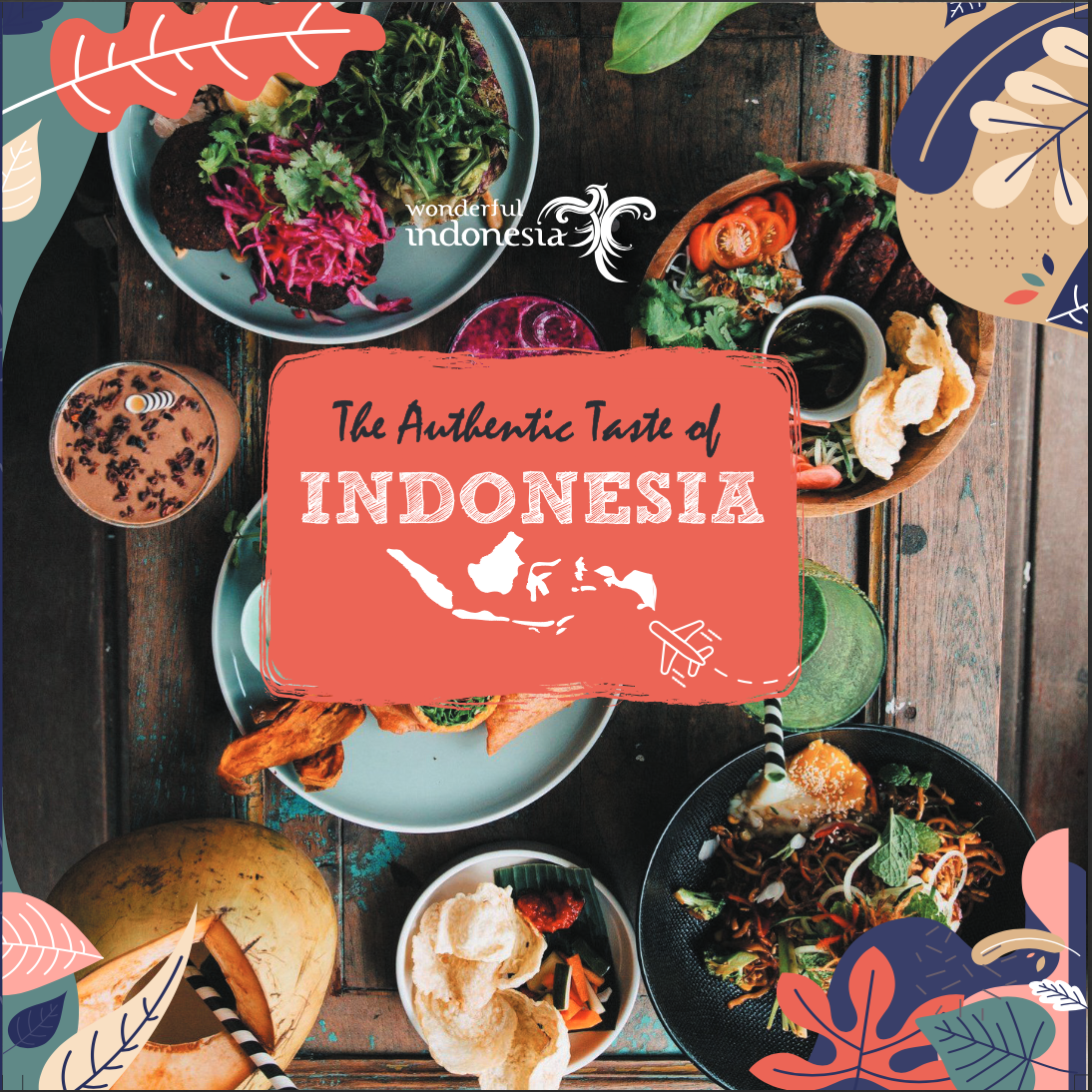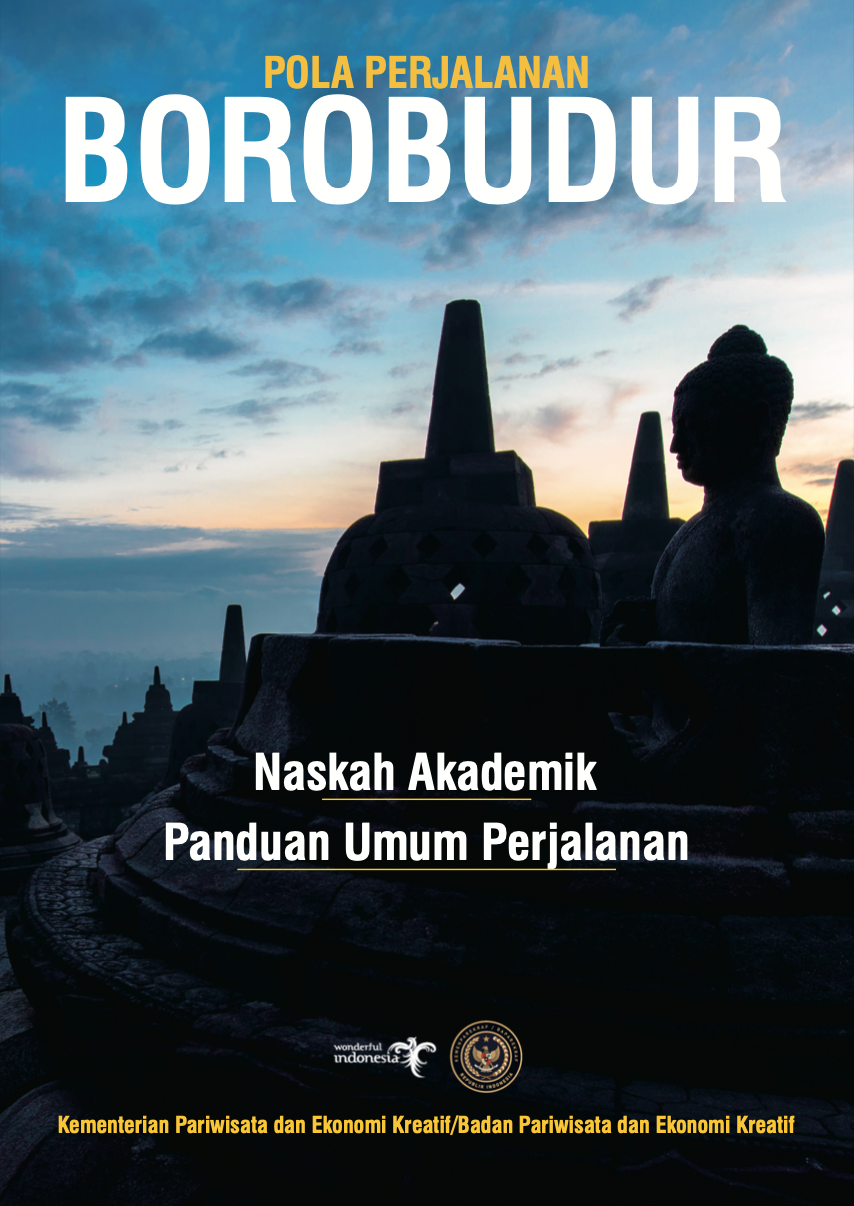Researching Tourism Space in China’s Great Bay Area: Spatial Pattern, Driving Forces and Its Coupling with Economy and Population
Analysis of the spatial patterns and dynamics of tourism services and facilities is crucial for tourism and land use planning. However, most studies in the spatial analysis of tourism rely on the city- or regional-level data; limited research has used POI (point of interest) data to accurately uncover the spatial distribution of tourism, especially its interactive and coupling relationship with the local economy and population. Based on POI data, this paper, therefore, investigates the spatial patterns and driving forces of tourism services distribution and how tourism space is coupled with the local economy and population in the Guangdong–Hong Kong–Macao Greater Bay Area (GBA) of China. The results show the following: (1) Different categories of tourism services (catering, shopping, scenic spots, leisure, and sports) exhibit diverse spatial patterns and agglomerations, but they tend to align with the variables of economic level and population in a grid of 1 km2. (2) The spatial econometric models further reveal that population density, transportation, and hospitality facilities are positively correlated with the spatial distribution of tourism services, but GDP in a grid of 1 km2 shows a weak negative correlation with the POI of tourism services, which may be attributed to the incoordination between GDP and tourism in some areas. (3) The analysis of coupling degree further identifies the areas where tourism services have good interaction/coupling with the local GDP and population density, such that these areas can be viewed as hotspots suitable for tourism promotion. This paper thus offers meaningful policy implications by calling for an optimization of the coupling of tourism services with local social–economic factors in the GBA.



